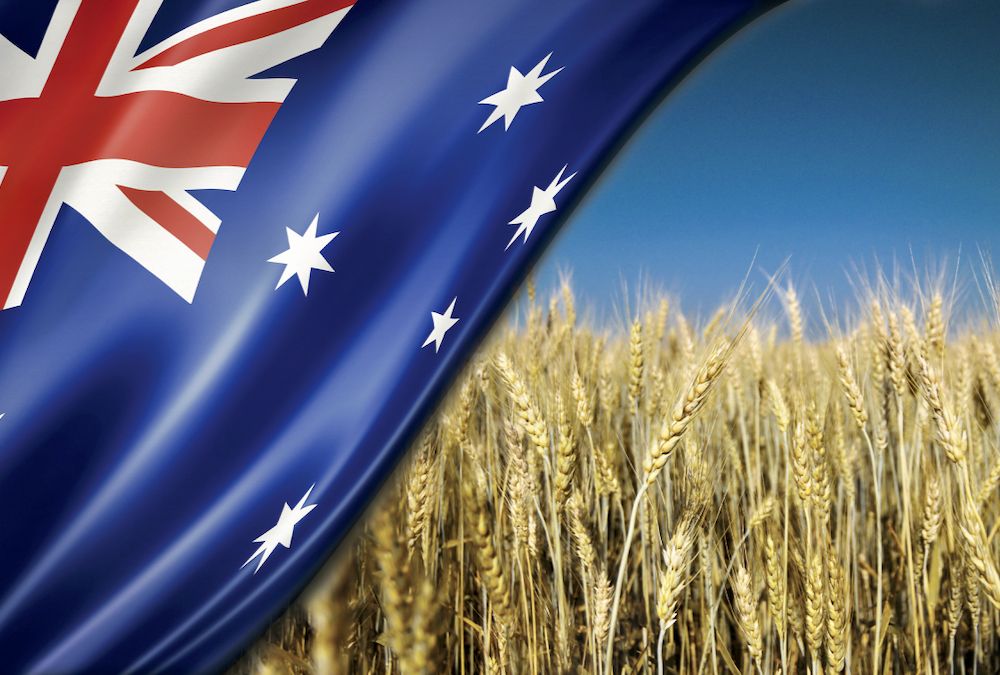Australia: North firms, south softens as planting starts

Traded volume in the north remains thin as the market waits for a clearer picture of sorghum quality post-rain to develop.
In the south, market activity has picked up a little thanks to increased confidence in new-crop planting, now under way on many farms.
Fodder crops and canola are opening the sowing program on most farms, with widespread cereal planting expected next month.
| Apr 11 | Apr 4 | |
| Barley Downs | $388 | $385 |
| ASW wheat Downs | $380 | $375 |
| Sorghum Downs | $380 | $365 |
| Barley Melbourne | $335 | $338 |
| ASW wheat Melbourne | $345 | $353 |
Table 1: Indicative prices in Australian dollars per tonne.
Many growers in southern Queensland have resumed their sorghum harvest after rain earlier this month.
Trade sources say moisture is still too high for grain to come off the header and into receival sites, so volume deliveries are not expected for another week or two after the grain spends some time in aerated silos or runs through driers.
This week, some sites have opened a special SORs segregation to cater for sorghum with up to 20 percent sprouting but otherwise meeting SOR1 specs with maximum 10pc sprouting.
SOR2 is trading at a discount of roughly $25-$30/t to SOR1, SORs is around $15 below SOR2, and SORX is nominally $20 below SORs.
“What we’ve seen come off in terms of SOR1, probably before the rain, is very good quality at 78-80kg (per hectolitre) test weight, and very low screenings,” one trader said.
Some traders and consumers will be looking to blend with lower grades to meet end-user or export specs, but trade is thin as the market waits to gauge the quality profile of rained-on grain.
“Sorghum’s just starting to move again.
“A few growers are trying to wash out contracts, and that’s why there’s such a big difference on delivered prices.”
On the poultry front, Darwalla Milling feeds manager Gary Heidenreich said an inverse has developed as a consequence of rain-related harvest and delivery delays.
“A premium’s being built in for wet weather, and the lack of harvesting that’s been going on, and the quality issues,” Mr Heidenreich said.
On the domestic front, pig and poultry producers have received considerably less sorghum than they were expecting from what was last month looking like a bumper Downs crop to supply on-site mills.
“Everyone was planning to change over to sorghum in April; it’s happening, it’s just not happening yet.”
“I do think there’ll be a two-tier market with some downgrading versus SOR1 for a few weeks.”
Mr Heidenreich said mould was the one quality spec that was cause for concern because of the risk it poses to bird health.
The extent of mould, if any, will not be known until sorghum harvested post rain starts to come off farm in volume.
Key Agri Services broker Matt Noonan said many growers in the Riverina were on the tractor after some good rain in recent weeks.
“Whether it’s doing pre-sowing spraying, or sowing, that’s where they are,” Mr Noonan said.
Most have their sowing needs on hand, so have stopped the run of grain deliveries to port or consumer to pick up backloads of fertiliser, and volume coming from the trade is also modest.
“The trade sold down pretty heavily when prices were high, so now there’s a bit of a standoff.
“Some consumers seem to be well covered for the next couple of months.”
Wheat and barley delivered Goulburn Valley feedmill are both trading at around $320/t, but wheat continues to hold a premium over barley delivered port or packer as warehoused and on-farm stocks run down.
Another trade source said volume traded in the southern market generally has picked up as growers feel more comfortable about prospects for the crop they are now starting to plant after recent rain.
On the export front, Flexi Grain pool manager Sam Roache said the barley balance sheet becomes “very interesting” from May forward, where exports will be eating into domestic stocks and barley will need to price clearly out of rations.
“We can see some of the required price movements starting to occur here, with New South Wales and Queensland barley being up $30/t plus month on month and trying to go higher versus wheat and other grains,” Mr Roache said.
“This is likely to continue.
“Australia remains well priced for export business to China and elsewhere, and recent business for current crop out as far as October to non-China destination attests to that.”
Read also
Wheat in Southern Brazil Impacted by Dry Weather and Frosts
Oilseed Industry. Leaders and Strategies in the Times of a Great Change
Black Sea & Danube Region: Oilseed and Vegoil Markets Within Ongoing Transfor...
Serbia. The drought will cause extremely high losses for farmers this year
2023/24 Safrinha Corn in Brazil 91% Harvested
Write to us
Our manager will contact you soon



